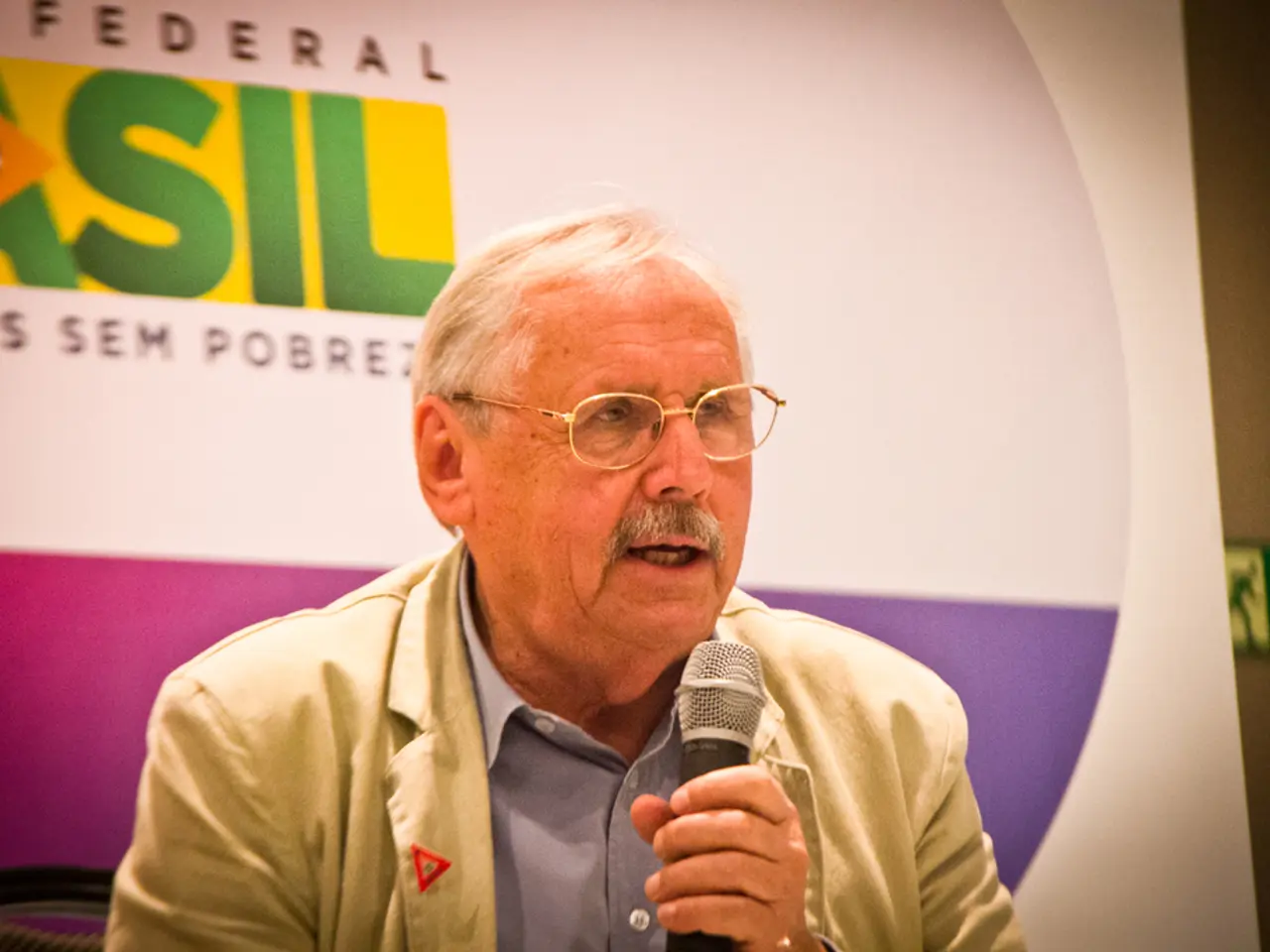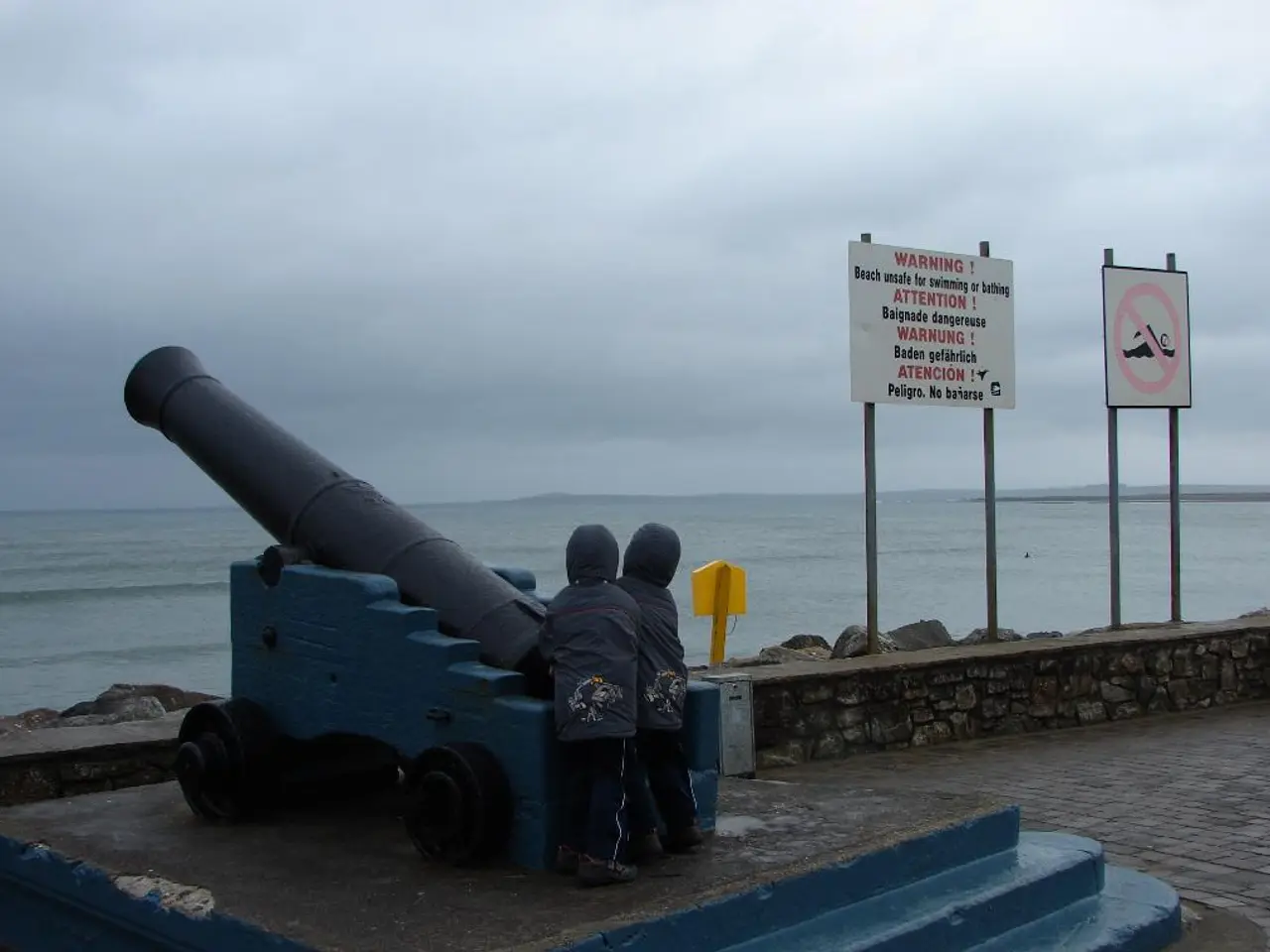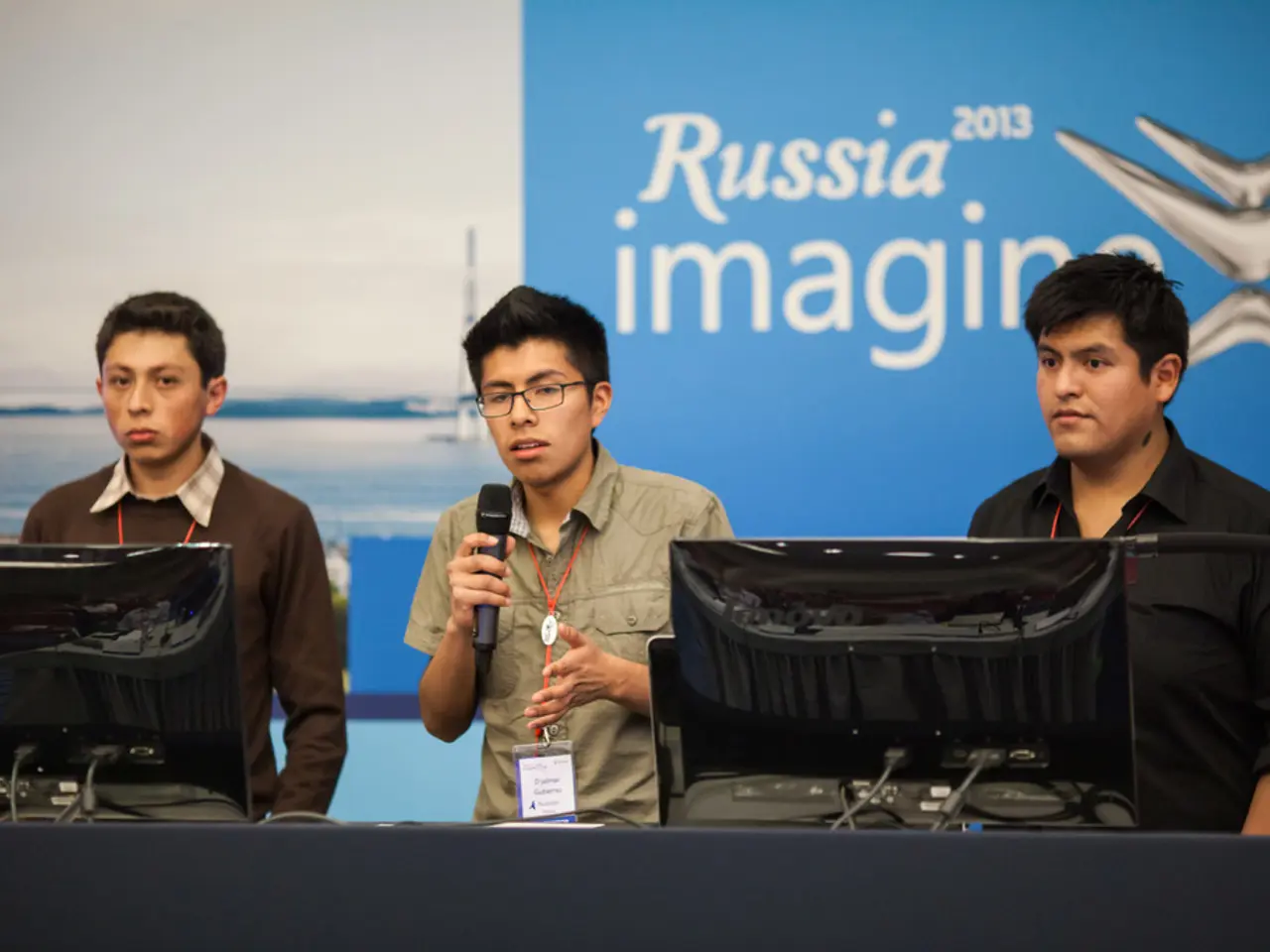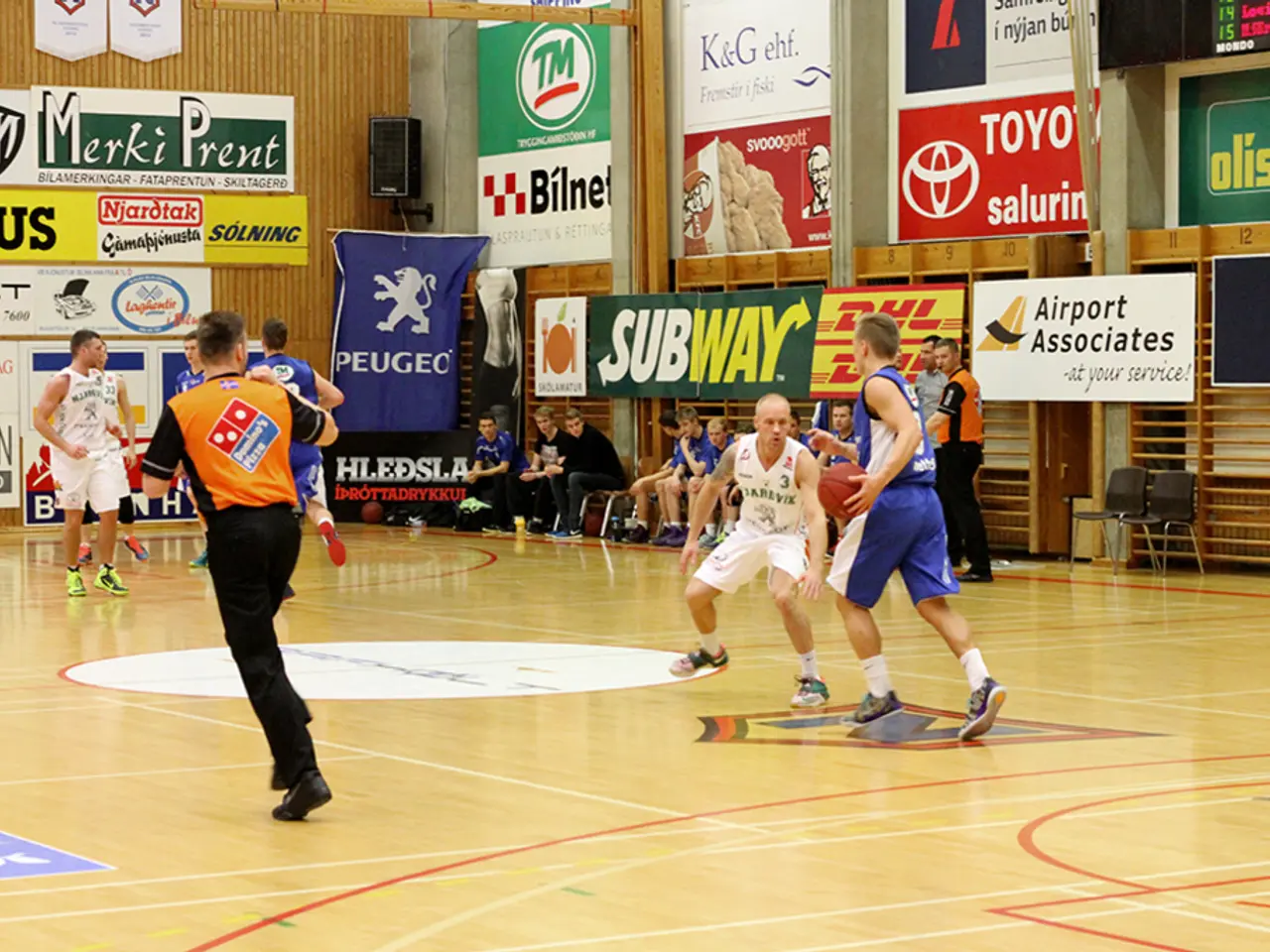Fire victims in Lleida: Farmer and farmhand
In the heart of La Segarra, Lleida, a historic and unprecedented forest fire has been raging since Tuesday, causing significant destruction and claiming the lives of two individuals. The fire in Torrefeta i Florejacs, a first major forest fire of the year in Spain, has been classified as a fire "beyond extinction capacity", making it an extremely difficult battle for firefighters.
The fire reached an astounding height of 17 kilometers, a rare phenomenon in Catalonia and one of the highest ever recorded. This pyrocumulus, as it is known, was accompanied by an "enormous" speed of propagation, exceeding 20 kilometers per hour, and flames of great height.
The fire forced the confinement of approximately 14,000 people from several municipalities, including Artesa de Segre, Ponts, Agramunt, Guissona, Oliola, Sanauja, Torrefeta, Cabanabona, and Vilalta. The central zone of Lleida is currently on orange alert for extreme heat, with temperatures that can reach 39 degrees.
President of the Generalitat, Salvador Illa, has travelled to the advanced command center in Guissona to express his condolences to the family and friends of the two victims. The President of the Government, Pedro Sanchez, has also conveyed his solidarity to the families of the deceased and asked for extreme precautions due to the increased risk in these months.
The fire in Torrefeta i Florejacs is considered one of the most significant forest fires of the year in Spain. However, it is not just a typical forest fire. It is, in fact, a sixth-generation fire, a new class of fires associated with modern alternative fuels and advanced energy systems.
Sixth-generation fires are particularly challenging to extinguish due to their chemical and physical properties, extreme heat generation, toxic emissions, and resistance to traditional firefighting methods. They are characterised by being able to modify the meteorology around them and by their erratic behaviour, making them difficult to combat.
The fires in Torrefeta i Florejacs are believed to have been caused by lithium-ion batteries from an agricultural and livestock farm. When damaged or overheated, these batteries can enter "thermal runaway", a chain reaction generating extreme heat, toxic gases, and flammable vapor clouds. These conditions can cause rapid fire spread and explosions, making conventional firefighting methods ineffective or dangerous.
Firefighters are currently perimeters and monitoring to prevent the fire from reigniting on this difficult day with high temperatures. They are working tirelessly to ensure that the fire, though historic and tragic, does not claim any more lives or cause further destruction.
As we move forward, it is clear that the battle against these modern fires requires updated firefighting tactics and specialized knowledge. It is a reminder of the need to adapt to the changing world and the challenges it presents, both in terms of technology and the environment.
- The sixth-generation fire in Torrefeta i Florejacs, marked by its association with modern alternative fuels and advanced energy systems, is far from an average forest fire, as it presents significant challenges in terms of its chemical and physical properties, resistance to traditional firefighting methods, and potential for rapid spread and explosions.
- Despitethe devastation caused by the forest fire in Lleida, it serves as a wake-up call in general-news, politics, crime-and-justice, and general-news circles, highlighting the need for updated firefighting tactics and specialized knowledge to combat these modern, complex fires and prevent similar accidents in the future.








